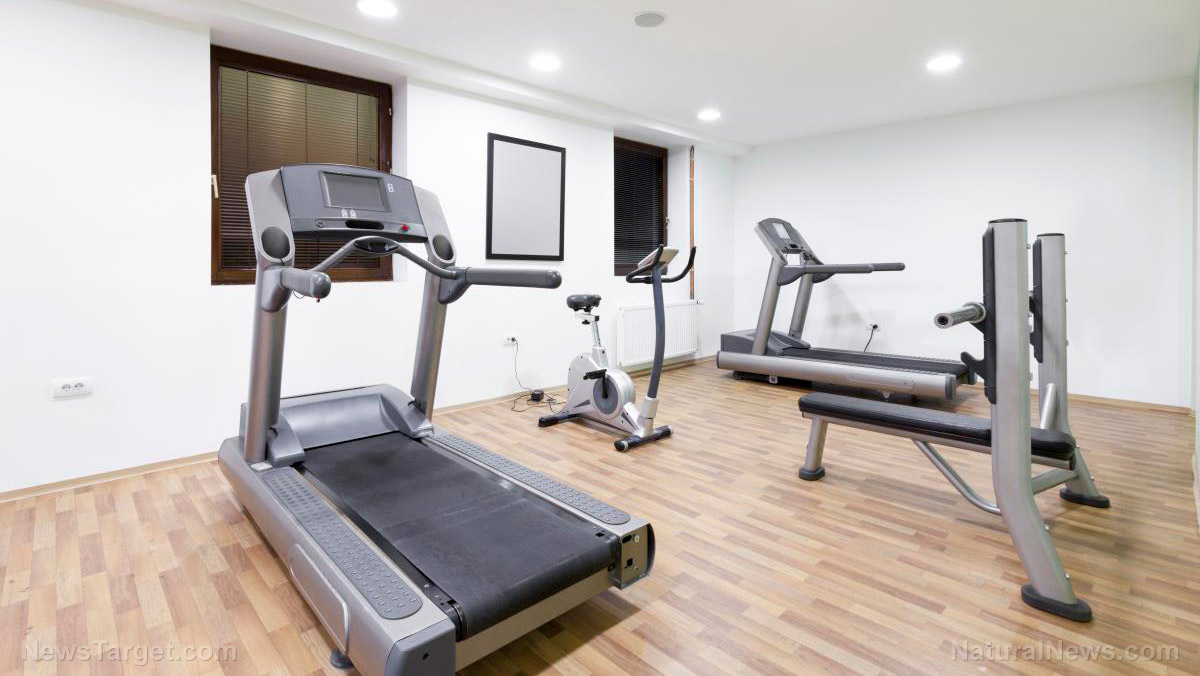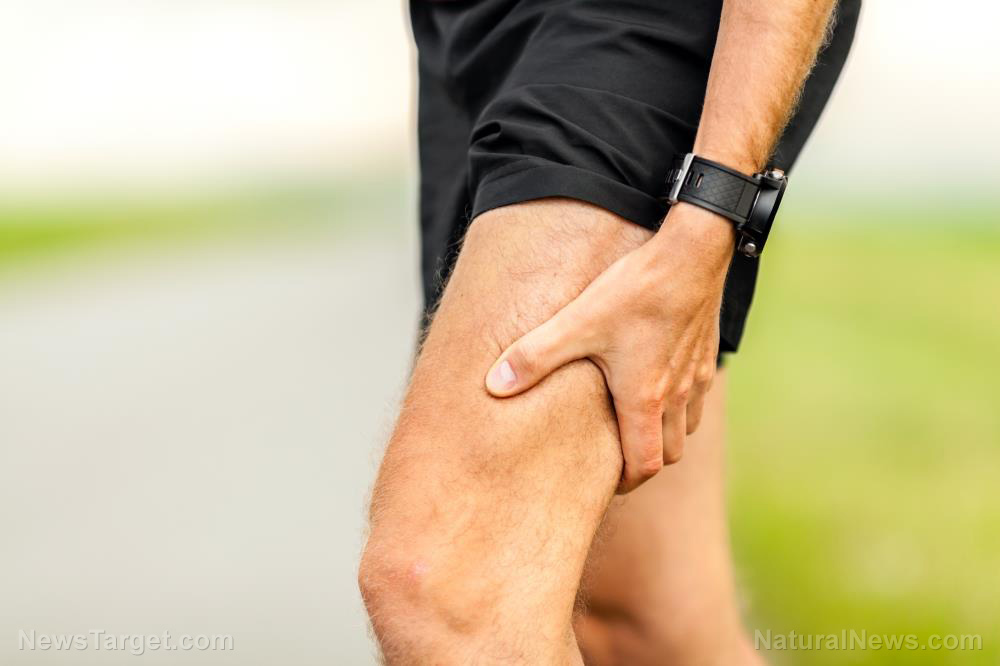Try “exercise snacks” (vigorous bouts of stairclimbing) to boost heart health, advise researchers
04/07/2019 / By Edsel Cook

You don’t need to commit to a time-consuming workout session in order to enjoy the health benefits of physical exercise. Canadian researchers said that spending a few minutes going up several flights of stairs every two or three hours can greatly improve the health of your heart.
In a recent study supported by McMaster University and the University of British Columbia Okanagan (UBC Okanagan), the researchers found that doing two or three of these “exercise snacks” every day resulted in better cardiovascular health. Their findings suggested that people could improve their levels of fitness at any given time and place by regularly doing short yet suitably vigorous cardio workouts.
“The findings make it even easier for people to incorporate ‘exercise snacks’ into their day,” reported McMaster researcher Martin Gibala, who served as the senior author on the study. “Those who work in office towers or live in apartment buildings can vigorously climb a few flights of stairs in the morning, at lunch, and in the evening and know they are getting an effective workout.” (Related: Exercise doesn’t need a prescription: It can reduce Parkinson’s disease, even delay its progression.)
“Exercise snacking” doesn’t involve food – instead, it’s about short bursts of activity
The stair climbing experiment is an example of sprint interval training (SIT). SIT is comprised of short sessions of very energetic physical exercise. An individual session lasted around 10 minutes, which made it very easy to incorporate into daily life.
Earlier studies have investigated the advantages of a such a session. During those experiments, participants alternated between bursts of high physical activity and a short recovery period.
At the end of the training period, the studies reported that participants displayed considerable health benefits. The improvements were attributed to the effectiveness of SIT workouts.
The McMaster-UBC Okanagan research team wanted to figure out if SIT exercise snacks will be enough to increase cardiorespiratory fitness (CRF). Closely connected with lifespan and the chances of cardiovascular disease, CRF is rightly considered an important measurement of health.
The experiment involved two groups of sedentary young adults. One served as the control group and its members did not participate in any form of physical exercise.
Meanwhile, the members of the other group went up a three-flight stairwell three times per day. Each climb was followed by a recovery period that lasted from one to four hours. The stair climbers performed this exercise snack session three times a week over the course of the six-week trial period.
Climbing stairs every few hours does your heart good
At the end of the experiment, the researchers evaluated the fitness levels of both groups. They found that the stair climbers displayed higher levels of fitness and greater strength compared to their sedentary counterparts.
Both groups also went through a maximal cycling test to measure the amount of power they could produce. Again, the stair climbers performed much better, as they could put out more power.
“We know that sprint interval training works, but we were a bit surprised to see that the stair snacking approach was also effective,” reported UBC Okanagan researcher Jonathan Little, the co-author on the study. “Vigorously climbing a few flights of stairs on your coffee or bathroom break during the day seems to be enough to boost fitness in people who are otherwise sedentary.”
Follow-ups to this study could compare diverse exercise snacking protocols with different lengths for their recovery period. The new research should also take a look at the effects of sprint interval training on blood pressure, glycemic control, and other markers of cardiovascular health.
Sources include:
NRCResearchPress.com [PDF]
Submit a correction >>
Tagged Under:
cardio exercises, cardiovascular health, exercise, exercise snacking, fight obesity, fitness, heart health, high-intensity interval training, interval workout, physical activity, physical exercise, prevention, slender, sprint interval training, stair climbing, strength training, weight loss
This article may contain statements that reflect the opinion of the author
RECENT NEWS & ARTICLES
LongevityScienceNews.com is a fact-based public education website published by Longevity Science News Features, LLC.
All content copyright © 2018 by Longevity Science News Features, LLC.
Contact Us with Tips or Corrections
All trademarks, registered trademarks and servicemarks mentioned on this site are the property of their respective owners.




















